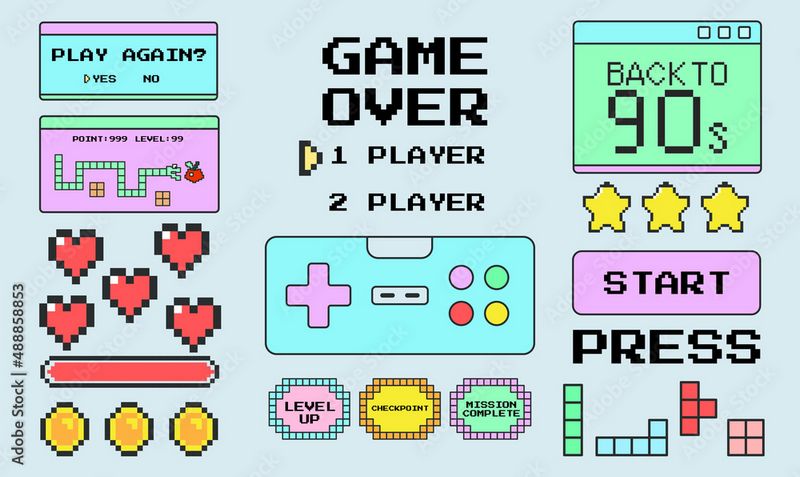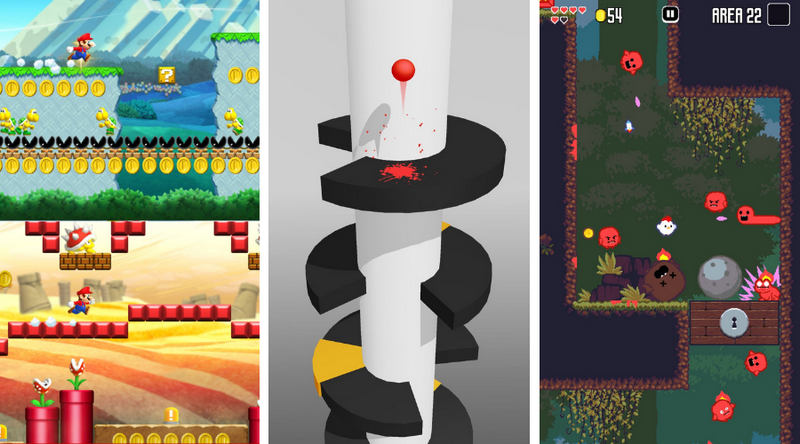
Load screens are a common annoyance for many gamers. They are often seen as a necessary evil, a pause in gameplay that disrupts the flow and immersion of the gaming experience. However, load screens can actually be a valuable tool for reinforcing worldbuilding in games. By taking advantage of this often-overlooked aspect of game design, developers can enhance the player’s understanding of the game world, improve immersion, and create a more engaging overall experience.
One of the key ways in which load screens can reinforce worldbuilding is through the use of visuals. Load screens are an opportunity for developers to showcase the intricate details of their game world, from the architecture of a city to the flora and fauna of a fantasy realm. By choosing striking images that capture the essence of the game world, developers can provide players with a glimpse into the rich tapestry of their creation. This not only enhances immersion by giving players a visual reference point for the world they are exploring, but also communicates important information about the setting and atmosphere of the game.
In addition to visuals, load screens can also be used to provide players with lore and background information that enriches the game world. By displaying snippets of text, quotes from in-game characters, or brief descriptions of key locations, developers can offer players a deeper understanding of the history, culture, and mythology of the game world. This helps to create a sense of depth and continuity, making the game world feel more cohesive and believable. Players are more likely to become invested in the story and characters of a game if they feel like they are part of a living, breathing world with a rich history and lore.

Furthermore, load screens can be used to foreshadow upcoming events and build suspense. By teasing future plot points, introducing new characters, or hinting at hidden secrets, developers can pique players’ curiosity and keep them engaged in the unfolding narrative. This can help to maintain player interest during potentially boring or repetitive sections of the game, such as loading screens between levels or during fast-travel sequences. By using load screens to build anticipation and provide a sense of continuity between different parts of the game world, developers can create a more immersive and engaging experience for players.
Another way in which load screens can reinforce worldbuilding is through the use of sound design. By incorporating atmospheric music, ambient noise, or voiceover narration into load screens, developers can set the tone for the game world and create a sense of mood and atmosphere. Whether it’s the haunting melody of a ghostly castle, the bustling sounds of a crowded marketplace, or the ominous voice of a sinister villain, sound can be a powerful tool for immersing players in the game world and enhancing their emotional engagement with the story.
From a technical standpoint, load screens can also be optimized to improve the overall performance and user experience of a game. By providing players with useful tips, hints, or progress indicators during load screens, developers can help to reduce frustration and keep players informed about their progress. This can be especially important in open-world games or games with large, complex environments, where players may become disoriented or overwhelmed without clear guidance.
In conclusion, load screens are a valuable opportunity for developers to reinforce worldbuilding in games. By using visuals, lore, foreshadowing, sound design, and technical optimizations, developers can enhance immersion, deepen player engagement, and create a more cohesive and believable game world. By taking advantage of this often-overlooked aspect of game design, developers can not only improve the player experience but modded minecraft server host also elevate the overall quality of their games. Load screens don’t have to be a necessary evil – they can be a powerful tool for storytelling and worldbuilding in their own right.



